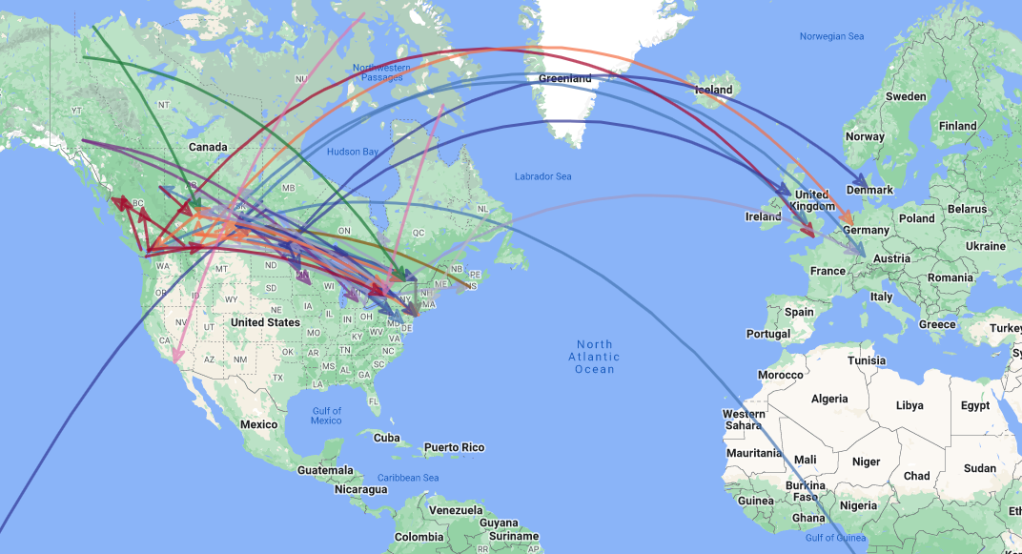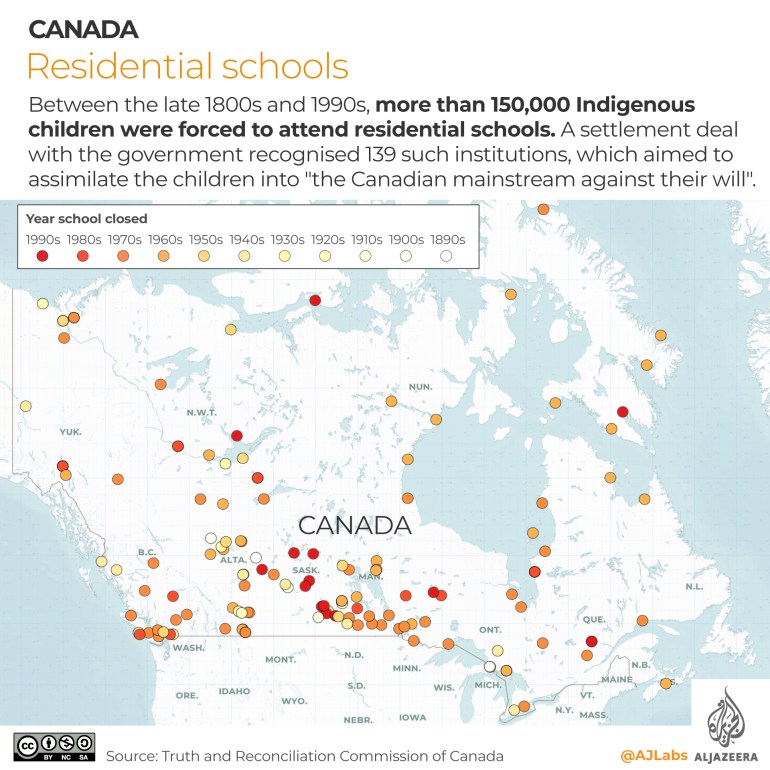MOUNT PLEASANT — Children ran along
the grounds, playing on the former grounds of the Mount Pleasant Indian
Industrial Boarding School.
Long braided hair, ribbon skirts, and
the practice of Anishinaabek ceremony such as smudging would have not
been allowed 88 years ago.
On the anniversary of the
institution’s closure, more than 100 community members gathered to
recognize the suffering, strength and resilience of the children through
a day of memoriam and fellowship.
The
Mount Pleasant Indian Industrial Boarding School operated for more than
four decades starting in 1893, before its closure on June 6, 1934.
Now,
seven crumbling buildings are all that physically remain of the
institution which once kept thousands of Native American children.
Despite
boarded windows and deteriorating brick, the structures remain
standing, to give testimony of the legacy of the boarding schools felt
deeply across Indian Country throughout generations.
Eleven-year
old Harmony Wethington, a citizen of the Nottawaseppi Huron Band of
Potawatomi, stood along the former girl’s dormitory.
She tiptoed on her white moccasins, and peeped through a window, hoping to catch a glance of the interior.
She
could have been kept there prior to the passage of the Indian Child
Welfare Act in 1978 — it wasn’t until then Native American parents
gained the legal right to deny their children’s placement in
off-reservation schools.
Wethington said it was her second year coming to the memoriam.
“It’s a sad experience, but I am here to remember my family and all other families,” Wethington said.
Her great-great grandparents attended MIIBS, and other families also went to other boarding schools in the U.S.
The
culturally significant clothing Harmony donned proudly was made by her
grandmother, Jennifer Wethington, who said coming to the grounds is a
visual reminder of what their family overcame from boarding schools.
MIIBS
was just one of over 497 federally funded institutions identified that
operated under U.S policies for more than 150 years where children as
young as 4 were forced from their families, prohibited from speaking
their languages and often abused.
According the first volume of
the Federal Indian Boarding School Initiative Investigative Report,
these institutions used “militarized” tactics to assimilate Native
American children in environments described as fostering “rampant
physical, sexual, and emotional abuse; disease; malnourishment;
overcrowding; and lack of health care.”
Many children never
returned home, and the Interior Department said that, with further
investigation, the number of known student deaths could climb to the
thousands or even tens of thousands.
“Each of those children is a
missing family member, a person who was not able to live out their
purpose on this Earth because they lost their lives as part of this
terrible system,” said Interior Secretary Deb Haaland, whose paternal
grandparents were sent to boarding school for several years.
As previously reported, the U.S. documented five deaths of Indigenous children at MIIBS from 1893 to 1934.
But
after the land was returned to the Saginaw Chippewa Indian Tribe of
Michigan in 2010 by the state, volunteer researchers from the Ziibiwing
Cultural center found evidence of 227 deaths attributed to MIIBS that
were not reported in the school’s archives.
The search for the missing children remains underway, said Marcella Haden, SCIT Tribal Historical Preservation officer.
She
said that plans under an amended deed agreement between the city of
Mount Pleasant and the tribe will begin ground-penetrating radar on the
land, but no exact date was given
Federal government used money
from Indian Trust Funds to pay schools — even those run by religious
organizations, the report stated.
While it doesn’t say how many
were church-run. An earlier report by the National Native American
Boarding School Healing Coalition found that more than 150 were, about
half each by Catholic and Protestant groups.
Further details state
the government provided funding and other support to religious boarding
schools for Native children in the 19th and early 20th centuries to an
extent that normally would have been prohibited under rules of
separation between church and state.
The Interior Department
report, quoted a 1969 Senate investigation, acknowledged that “federal
policy toward the Indian was based on the desire to dispossess him of
his land. Education policy was a function of our land policy.”
Churches
had clout with the government as well, it adds, and were able to
recommend people for appointments to federal positions on Native
affairs.
“We do this because they couldn’t,” said Lacey Kinnart,
citizen of the Sault Ste. Marie Tribe of Chippewa Indians and descendant
of boarding school survivors.
Her grandmother and great-aunts attended Holy Childhood as children, and other family members attended MIIBS.
“It
is important that we recognize the generational trauma but it’s also
just as important to remember the generational resilience and wisdom,”
Kinnart said.
Kinnart serves as the programs and operations
coordinator for the Native American Boarding School Healing Coalition.
It was her and her mother’s first year coming to the grounds.
“I’m humbled to be here among our community,” she said.
The
day closed in front of the former boys dormitory, with traditional
Anishinaabek jingle dress dancing, led by Punkin Shananaquet, citizen of
the Match-e-be-nash-she-wish Band of Potawatomi Indians.
Shananaquet said the time was now to come together for the healing and protection of the future generations,
The Associated Press contributed to this report.








/cloudfront-us-east-1.images.arcpublishing.com/gray/7MJ2CJVPHRHXZGAVZLLZIOHFAA.jpg)









 The U.S. Army has begun another disinterment
The U.S. Army has begun another disinterment 







.png)











